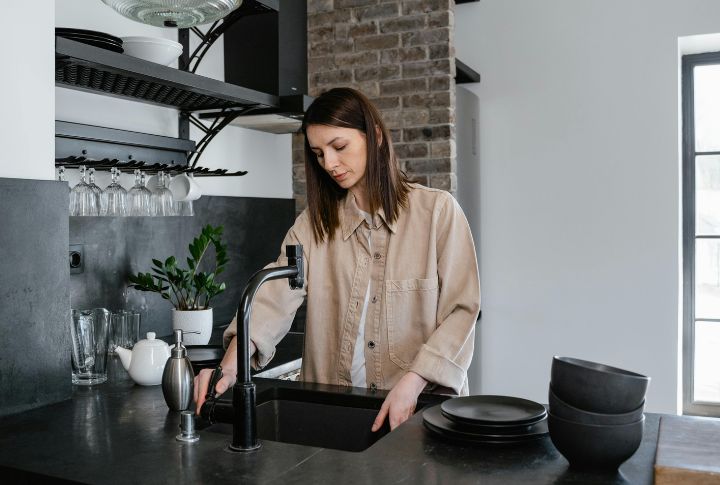
Ever wonder how some homes always look effortlessly clean—even with busy schedules and everyday mess? It’s not magic or nonstop scrubbing. Tidy people simply avoid certain habits that quietly invite clutter. Their homes stay calm because their choices are consistent and low-stress. Want to know what they skip without thinking twice? Here are 10 things they never do to keep their space spotless.
Let Mail Pile Up On The Counter
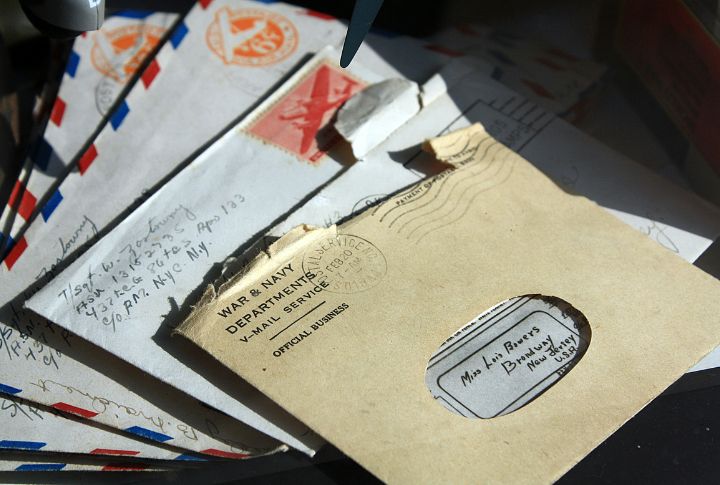
Highly organized people handle incoming mail the moment it arrives, so stacks never build up. Junk goes straight to recycling, and important papers head to a designated spot. This fast, intentional routine keeps entryways and kitchen counters clear and preserves the home’s visual calm.
Wear Shoes Inside The House
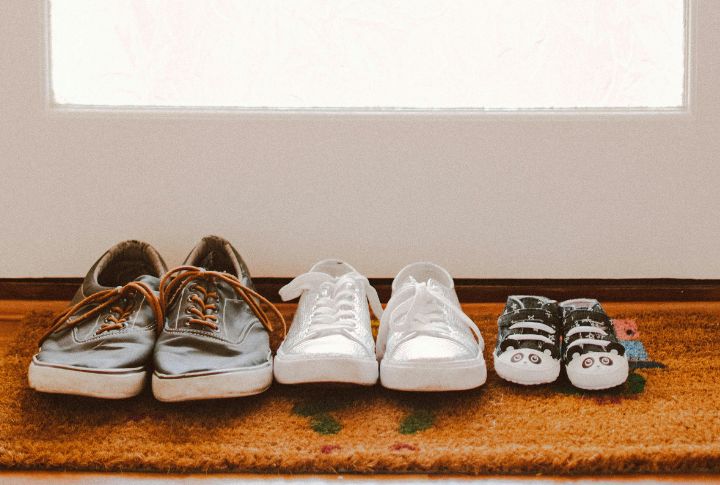
In homes that stay consistently clean, the front door marks a clear boundary, and mess stays out. It’s not just about cleanliness, it’s about creating a home that feels intentional, cared for, and truly lived in. By removing shoes at the entrance, they prevent the slow buildup of dirt that leads to more frequent deep cleans.
Leave Wet Towels Or Clothes Lying Around
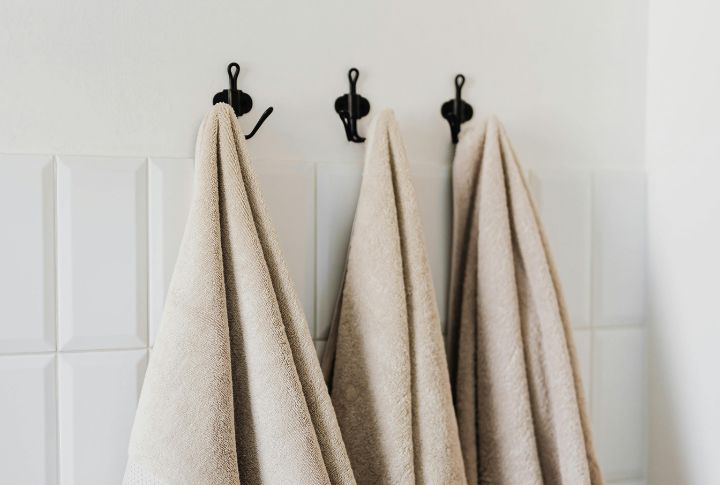
Damp items left neglected create an ideal environment for mold and musty odors to develop. To preserve a fresh atmosphere, people who maintain consistently clean homes never leave wet towels or clothes scattered. Promptly hanging or airing out these items after use is a necessary step that prevents bacterial growth and moisture issues.
Hoard Expired Or Unused Products
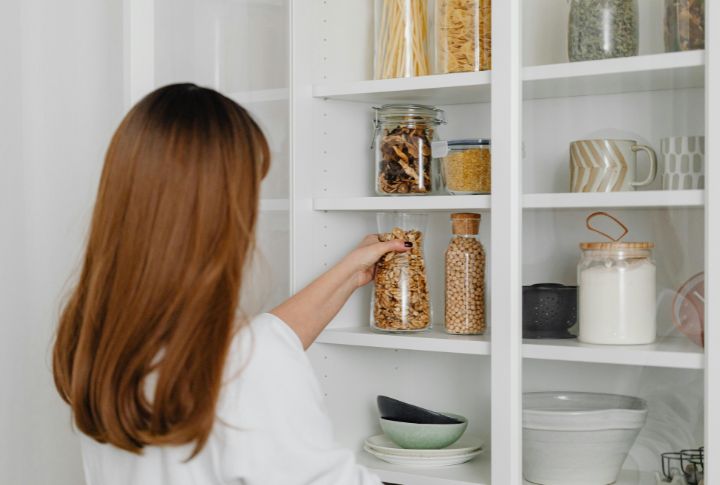
An essential part of household organization is systematically eliminating unnecessary products. Regular audits of storage spaces, such as getting rid of outdated food, unused toiletries, or old cleaning supplies, are vital. It ensures your areas stay tidy and functional, with only valuable items remaining at hand.
Ignore Pet Messes
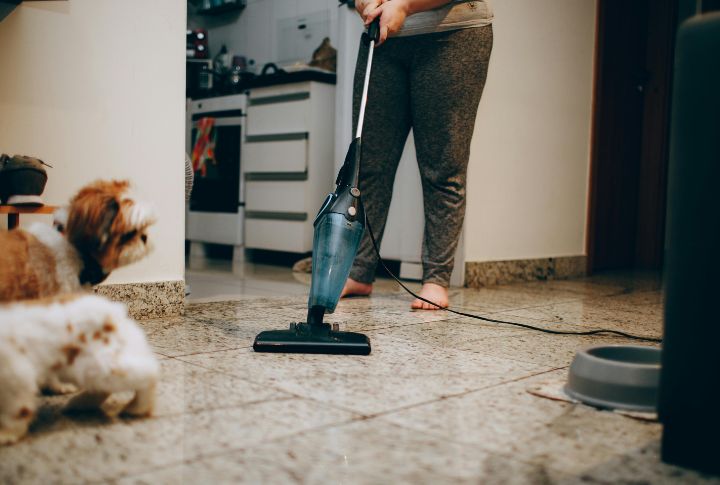
In homes known for their impeccable cleanliness, there is zero tolerance for lingering pet accidents. Swift action is essential, as immediate cleanup keeps issues from escalating. It’s more than just cleanliness—it’s about creating a safe, comfortable environment for both humans and animals.
Let Dishes Soak Indefinitely
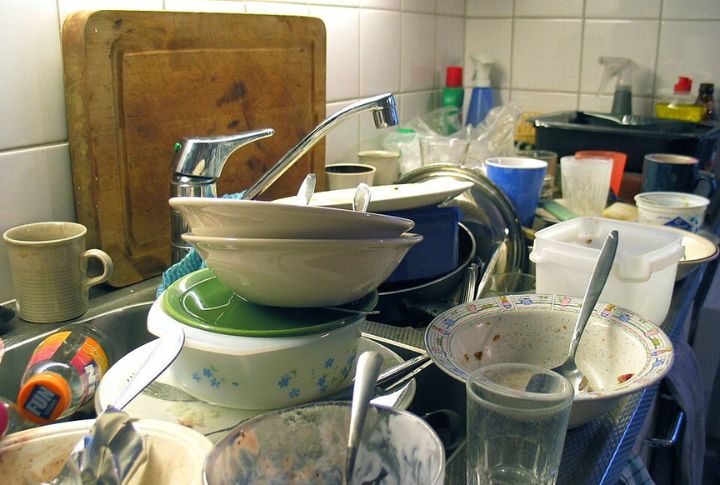
Letting dishes sit forever is like inviting chaos to your kitchen. Each plate stacks higher while hope for a clean counter fades. Tackling them right away turns potential disaster into control, leaving your space presentable and your mind free from the looming mess.
Overstuff Drawers Or Closets
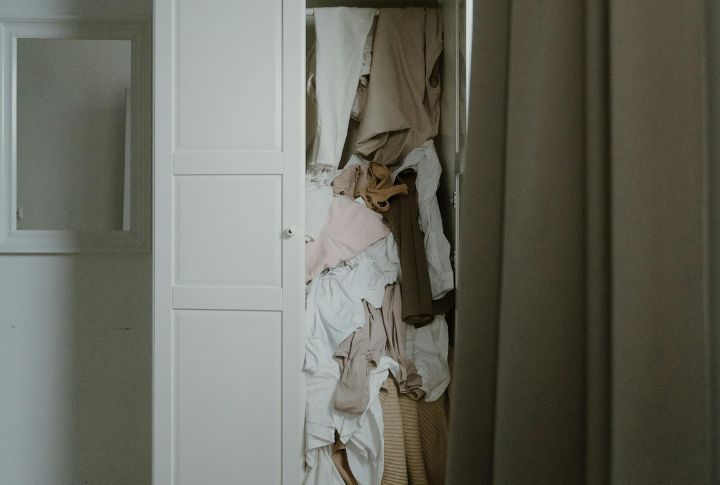
The path to a tidy home involves routinely decluttering: removing unused items, donating excess possessions, and assigning a precise place for necessary belongings. When storage spaces become overly packed, it introduces daily inefficiency and clutter. However, the considered approach transforms chaotic spots into perfectly functional, well-organized areas.
Skip Dusting Hard-To-Reach Spots
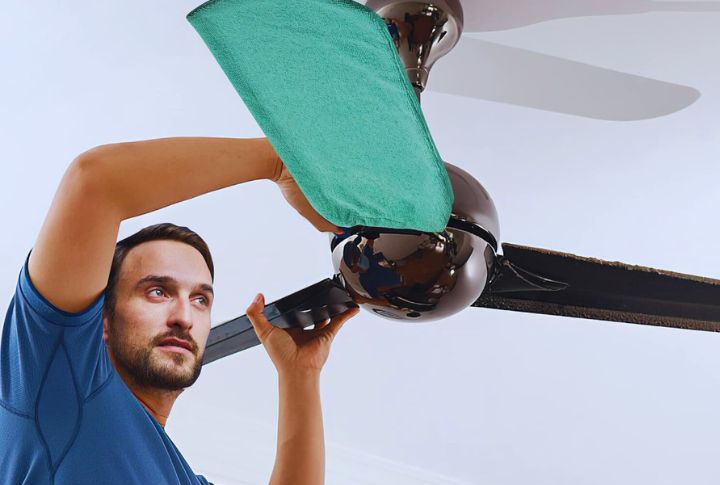
It’s easy to forget those high spots like ceiling fans or tall shelves. Dust gathers quietly until it’s visible and irritating. Hitting these areas regularly keeps surfaces clean, improves air quality, and makes occasional deep cleaning far less of a headache.
Leave Beds Unmade
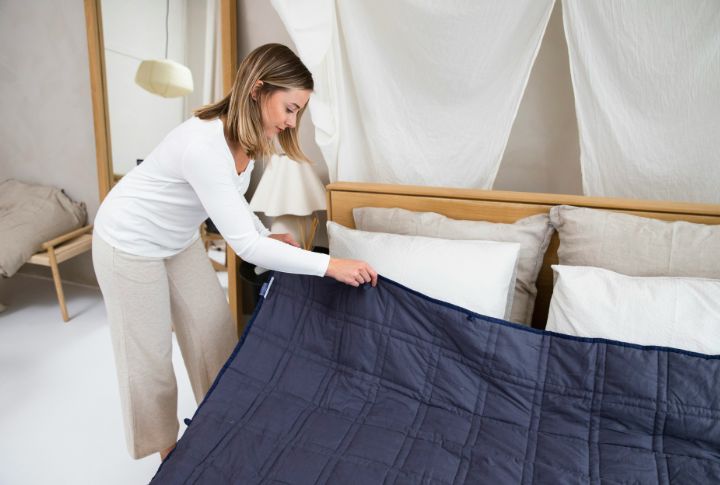
Avoiding these bad habits creates a visually calm anchor that promotes overall room tidiness and structure. The act of making the bed is a simple yet powerful organizing ritual that sets the stage for the entire room. People who keep their bedrooms consistently clean understand that this daily practice establishes an immediate sense of order and welcome.
Collect Single-Use Gadgets
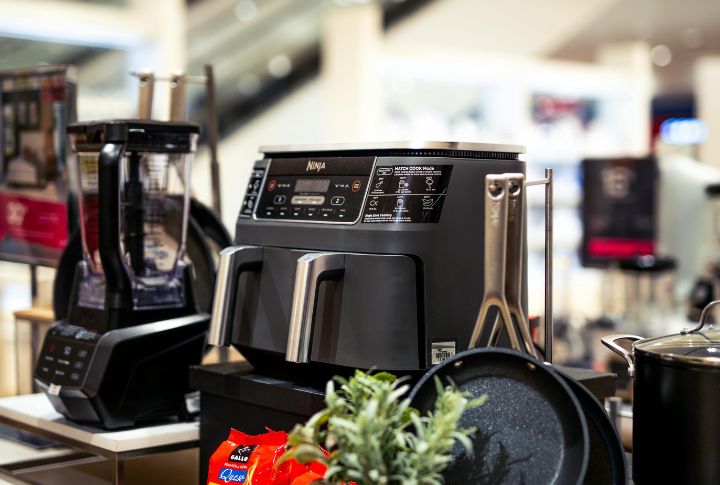
Minimalists steer clear of single-purpose tools that occupy space without real utility. They prefer versatile, multi-purpose items that reduce the total number of things they own. Opting out of the single-use gadget trend frees up valuable storage space and contributes to a simpler, more curated kitchen environment.

